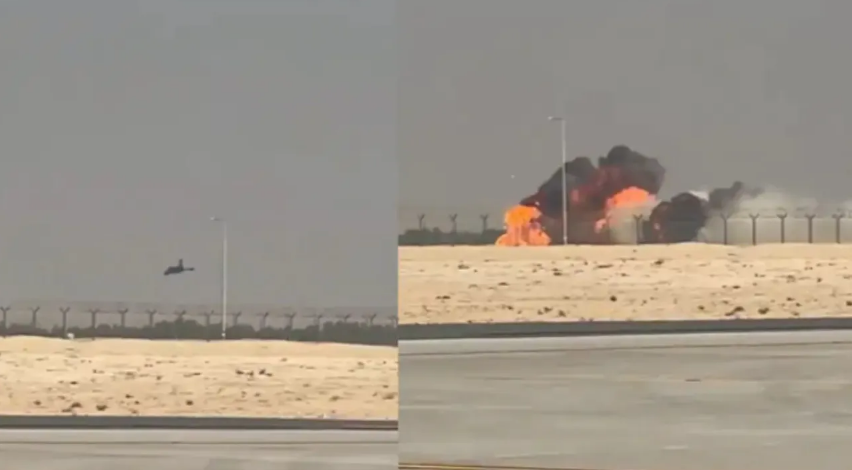Tejas, India’s indigenously developed light combat aircraft (LCA), has evolved into a key part of the Indian Air Force’s future fleet following the gradual retirement of MiG-21 fighter jets. Operational since 2015, the aircraft has maintained a strong safety record and is regarded as India’s first fully designed and manufactured fighter jet. The upgraded Tejas Mk1A variant includes advanced avionics, radar technology and improved weapon systems. Classified as a 4.5-generation multi-role fighter jet, Tejas features a single engine, delta-wing structure and the capability to carry up to 4,000 kg of armaments. A naval version of the aircraft has also been developed for carrier operations.
Despite its reliability history, Tejas has recently been involved in successive incidents, with the latest mishap marking only the second serious crash in its 24-year development and operational timeline. The crash occurred in Dubai shortly after the aircraft completed aerobatic maneuvers at an airshow, leading to the death of the pilot. Following the incident, the Indian Air Force initiated a formal investigation to determine the cause and verify whether pilot error, mechanical issues or maneuver limitations played a role in the accident.
#Tejas pilot attempted to regain control and save the aircraft instead of saving his life. Aircraft's engine likely had a compressor stall due to sustained high G turns. Prayers with the family. pic.twitter.com/7NNJpXNYDu
— Aditya Khullar (@AdityaKKhullar) November 21, 2025
Preliminary assessments from aviation experts suggest that the fighter jet appeared to be executing a negative-G maneuver just moments before it crashed. Negative-G forces occur when an aircraft suddenly drops altitude or executes sharp downward aerobatic movements, causing physical weightlessness and reversing the effect of gravity on objects and the pilot. While combat pilots undergo extensive training to manage such forces, loss of orientation, blood flow imbalance or delayed recovery can temporarily impair control. Experts believe that the extreme negative-G turn combined with the aircraft’s inherently high-agility and unstable aerodynamic design, intended to enhance maneuverability, may have contributed to the loss of control before impact. The investigation will determine whether operational procedures, training thresholds, or design considerations need reassessment following the incident.






